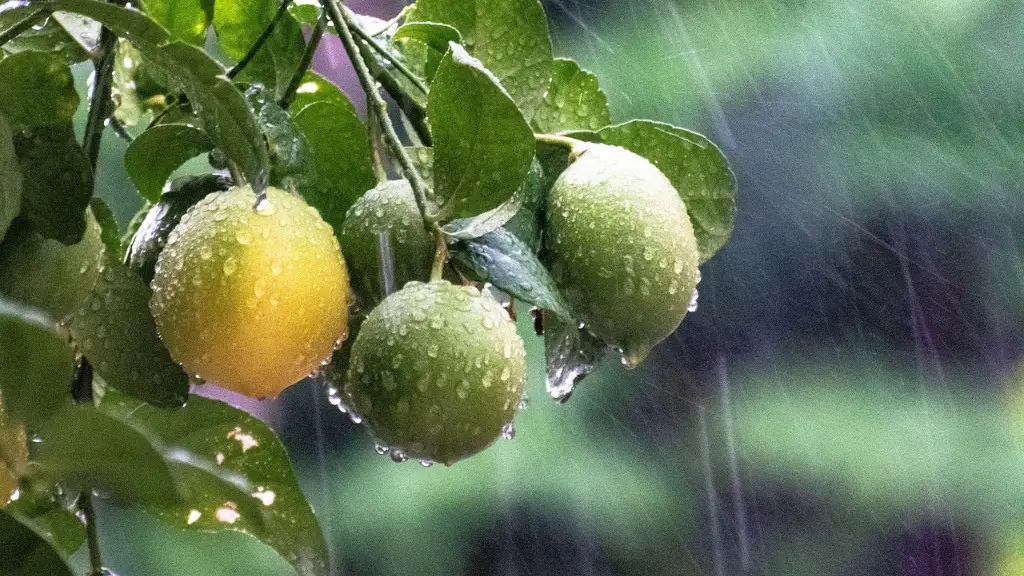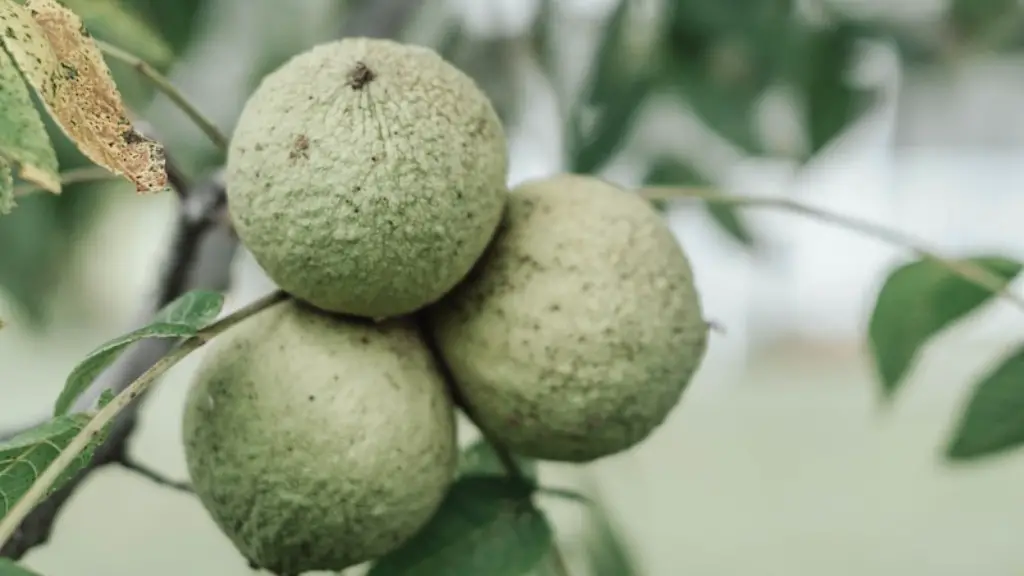Palm Tree Basics
A palm tree, or a member of the Arecaceae family, is a perennial evergreen tree-like plant that is found in both tropical and semitropical regions around the world. Palms are widely known for their large, feathery fronds that are attached to a single, short trunk. Many people are surprised to learn that palms are actually flowering plants. Palms are believed to have first evolved between 80 and 40 million years ago, a relatively short time on an evolutionary scale.
The most famous palm tree on the planet is probably the coconut palm tree, as it is from this species that the coconut originates. The coconut palm is a species of palm tree that is native to tropical and semitropical regions around the world. It is an exceptionally tall tree that can reach up to 98 feet (30 m) in height. It has a single, straight trunk and feathery fronds that resemble the shape of a bottlebrush. The fronds of the coconut palm tree can reach up to 33 feet (10 m) in length. The trunk of the coconut palm tree has a diameter of around 24 inches (0.6 m).
What is the Trunk of a Palm Tree Called?
The trunk of a palm tree is known as a “bole” or “stipe”. The bole of a palm tree is usually shorter than that of a regular tree, with a typical length ranging from 6-8 feet (1.8-2.4 m). The bole’s diameter can range from 0.7-2.4 inches (19-60 mm), depending on the species. The bole of a palm tree is typically straight and covered in a smooth, leathery bark. Depending on the species of palm, the bark of the bole may also be fuzzy, bumpy, or scaly. At the top of a palm tree’s bole is the crownshaft, which is a smooth sheath of leaves that surrounds the trunk and is covered in a waxy coating.
Why Are Palms Called the “Tree of Life”?
Palm trees have been called the “Tree of Life” due to their versatility and numerous uses. palm trees are used in multiple applications on religious, medical, and economic fronts. For some societies, palm trees may even represent fertility and encouragement. Palm trees have both edible and structural uses. Oil extracted from the fruits of the palm tree is an important source of fat in many diets and can be used in cooking and for making things such as soap. The leaves of the palm tree can be used for making mats and baskets, and the bark of the trunk makes excellent building material.
The stems of the palm tree are also widely used by societies around the world. For example, in African markets, the stems of palm trees are frequently used to make chairs and stools. The structure of palm trees also serves as natural habitat for a variety of birds, animals, and insects, which gives them the nickname “tree of life.”
Palm Tree Health Benefits
Besides being a source of sustenance, palm trees have some significant health benefits. Palm trees contain high levels of vitamins and minerals such as potassium, iron, calcium, and magnesium. All these help to boost immunity, aid digestion, and provide energy to the body. Certain species of palm tree can also be used to make herbal medicines in some areas. Some species of palm tree bark and roots are used to treat fever, skin problems, and stomach issues.
Palm tree fruits are rich in nutrients. They are a great source of dietary fiber, B vitamins, vitamin C, and iron. The fruit can be consumed as it is, or it can be processed in various ways to make oils, syrups, and even jams. Palm fruits can also be used in making alcoholic beverages such as palm wine.
Environmental Impact
Even though palm trees have a number of uses, they can have an adverse effect on the environment. Palm plantations cover over 11 million hectares of land, with most of them located in tropical regions across the world. These large-scale plantations can have a negative impact on the environment by reducing biodiversity, reducing potential for storing carbon, and preventing water from being absorbed into the soil naturally. There is also evidence to suggest that palm trees absorb more water from the soil than other plants, leading to water shortages in certain areas.
The health of palm trees is also important for their environmental impact. If a palm tree becomes diseased or is attacked by pests, it can have a devastating effect on the local environment. Palm trees are also susceptible to climate change due to their geographical location. Extreme temperatures can result in drought or flooding, which can cause an entire species to die.
Conservation Efforts
Conservation efforts have been put in place to help preserve and protect palm trees and their habitats. Palm conservation programmes have been established to restore threatened species and protect areas of high biodiversity. Governments have also implemented protective laws to help protect palm trees and limit their exploitation. Some countries have also declared certain species of palm trees as their national tree.
Palm conservation programmes have also observed the importance of sustainable practices. Methods such as crop rotation, agroforestry, and integrated pest management have been used to help preserve and protect the environment. In some cases, local communities have also taken part in palm conservation initiatives to help protect the environment.
Economic Impact
Palm trees also have an important economic impact. Their products, such as oils and syrups, are widely used in commercial and industrial applications. Palm oil, for example, is used in many processed foods, cosmetics, and biofuels. Other palm products, such as mats, baskets, and building materials, are also important sources of income for people living in rural areas.
Palm tree harvesting is also an important source of income for many locals in tropical areas. The wood and bark of certain species of palm trees can be harvested and used to make furniture, tools, and other handicrafts. This type of harvesting provides locals with an alternative source of income and also helps preserve the local environment.
Conclusion
Overall, the trunk of a palm tree is known as a “bole” or “stipe.” Palms have been called the “Tree of Life” due to their versatility and numerous uses that range from edible, structural, and medicinal. The environmental impact of palm trees should be taken into consideration due to their large-scale plantations and the effect this has on biodiversity and potential for storing carbon. Moreover, conservation efforts are important for preserving and protecting palm trees and their habitats. Finally, palm trees also have an important economic impact as their products are used in many commercial and industrial applications.



